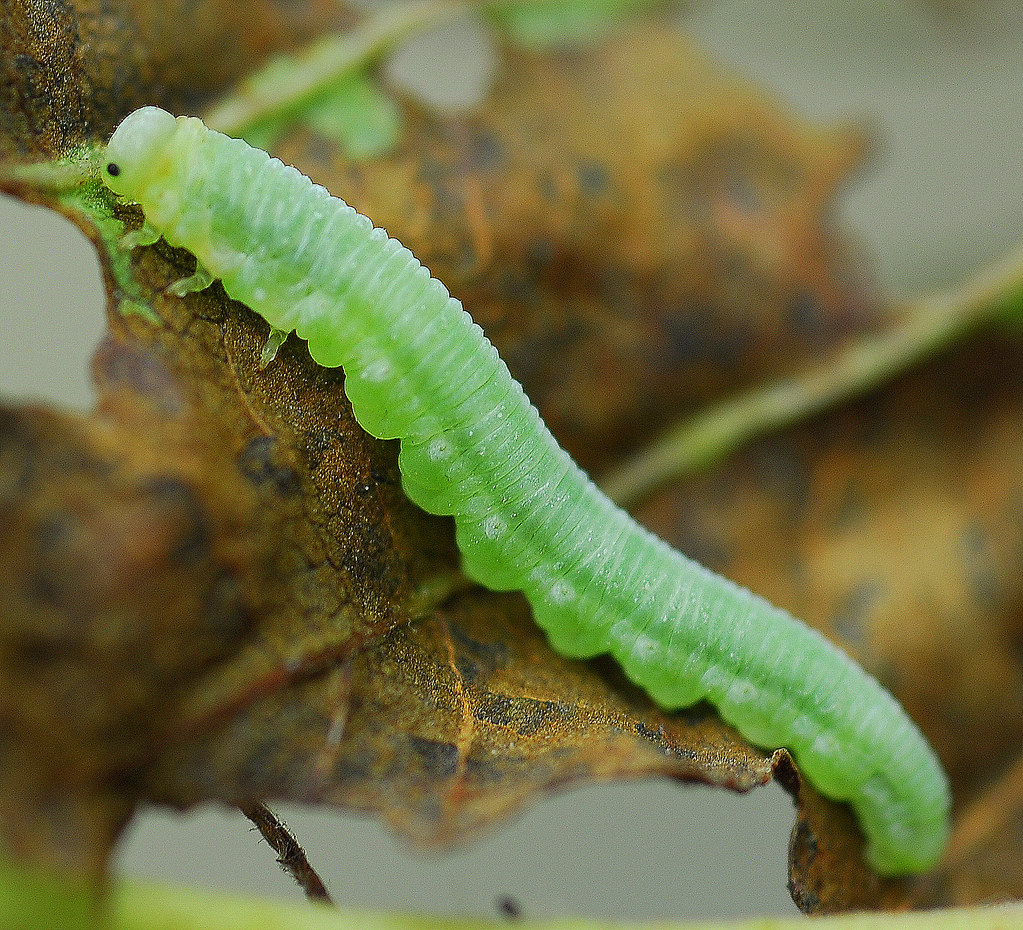Green Alder Sawfly - Bug of the Week
Green Alder Sawfly - Bug of the Week from UAF Cooperative Extension Service's IPM Program.
Bug of the Week
This week’s bug of the week is the Green Alder Sawfly, Monsoma pulveratum. The species, like its name suggests, likes to feed on alder. Here in Southcentral Thin-leafed alder seems to be the alder of choice. In the spring one to five eggs are laid by females on newly emerging leaves usually in mid to late May. The larvae hatch in a couple weeks, they are bright green and after feeding all summer will grow to about 2 cm. They hang out on the lower leaf surface and blend in very well, often overlooked. Towards the end of summer the larvae will drop to the ground and excavate a cavity to ride out the winter in the relative warmth of the soil. In the spring they pupate and the adult females emerge and look for new alders. In North America the species is parthenogenic, so no males. The adults resemble small black wasps, and are often overlooked unless you are a sawfly person.
I mention this species now as next week is the North American Invasive Species Management Association (NAISMA) Invasive Species Awareness Week. All states have invasives, and managing and IDing them is hard. Green Alder Sawfly is a recent invasive species for us, first showing up in Alaska in 2004 where it was first found in agriculture samples from Palmer. It really made its mark in 2007 at the Palmer Hay Flats after some severe defoliation was noted. The species is commonly found in Europe, and the Alaska find was the first time it was found in the US, and only the second time it was found in North America. Currently it has spread down the BC coast and into Washington and Oregon. Being European and unfamiliar it takes time to ID, and the first published reports of the species were not until 2010. We warn about invasives all the time but we have to remember that invasives are not invasives where they are usually found. We are the vectors, bringing new plants and animals into areas where they can prosper. It's a good idea to try to curb moving bugs, plants and seeds around, and keep an eye out for the unfamiliar. It may be the next new invasive bug.
You can submit unknown pests (plants, insects, diseases, etc.) through the UAF Citizen Scientists Monitoring Portal: www.alaskapestreporter.org




